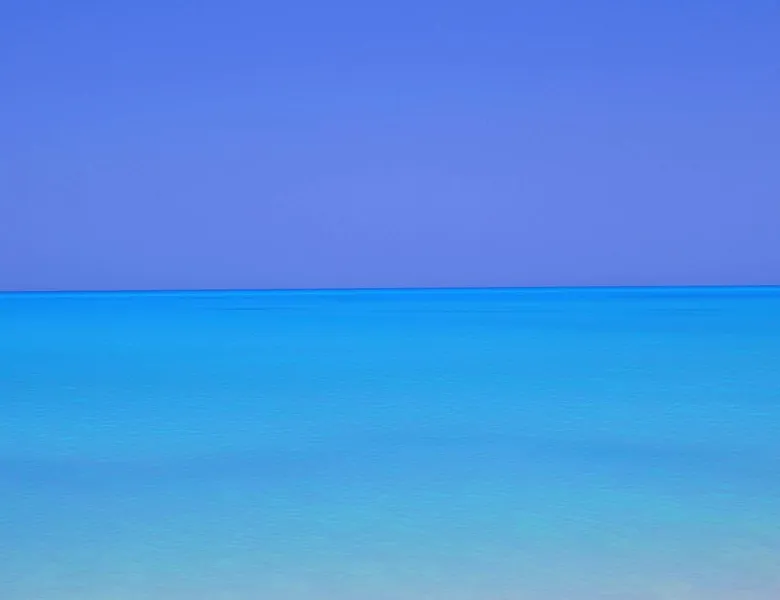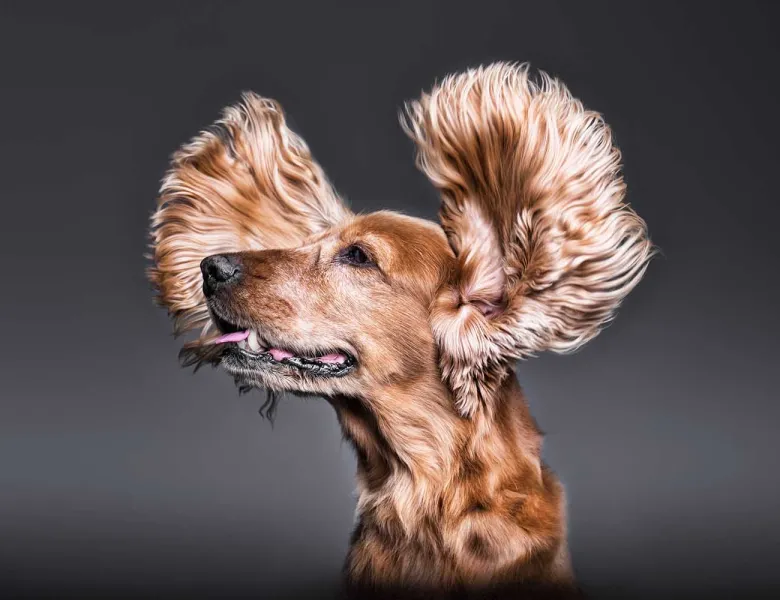Research at the end of the world - Anna Filipova, The Fence
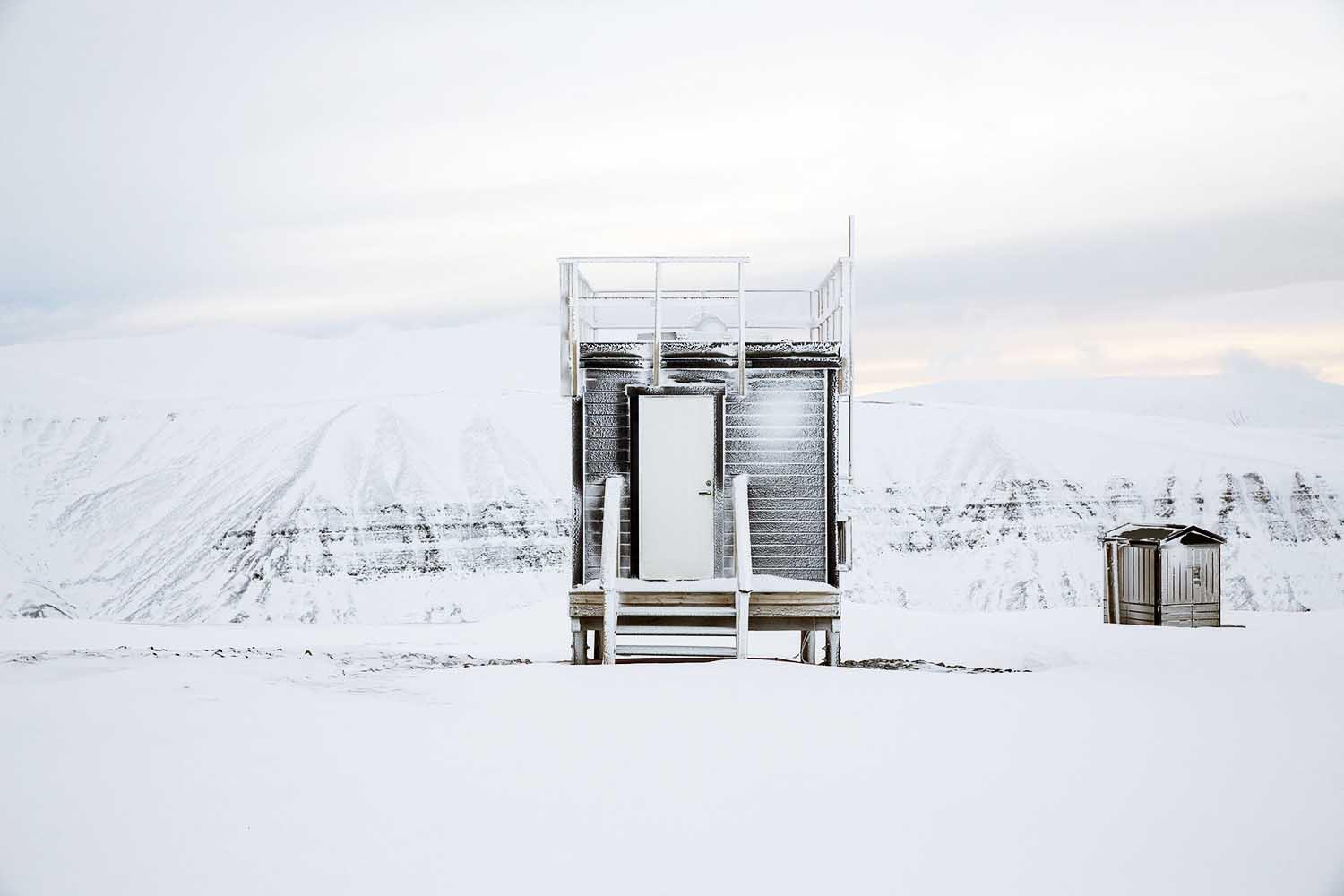
This blog is part of a series of exclusive interviews with the winners of The Fence 2016. The Fence is an large-scale outdoor photography installation exhibited in multiple major cities across the USA. Each year, photographers of all levels are invited to submit work that fits under one or more thematic categories. The Fence was conceived by United Photo Industries and Photo District News in 2011.
---
Anna Filipova is a documentary photographer based in Paris. For the past few years, she has been focusing on the northern parts of the world, where she explores social and environmental topics based in remote and inaccessible areas.
Hi Anna. You’ve mentioned that Ny-Ålesund has very restricted access due to scientific projects that are conducted in the area, how did you manage to gain access?
I am a researcher and a photojournalist specializing in Polar environment and in Ny-Ålesund is housing the largest laboratory for modern Arctic research in existence.
Much of your work is based in Svalbard, how did you first come to research this area?
The Arctic region is my expertise I have created many contacts and a big network from many previous projects and collaborations. I have covered projects in: Greenland, Iceland, Faroe island, Sweden, Baffin island, Svalbard, Norway, Danmark, etc. In the past I have worked and collaborated on projects with big institutions such as: Norwegian Polar Institute, Norwegian Institute for Air Research, AWIPEV (The Alfred Wegener Institute for Polar) Marine Research, the French Polar Institute, the French-German Arctic Research Base, National Research Council of Italy (CNR), NCAOR India (National Centre for Antarctic/Arctic and Ocean Research), Arctic Dasan Station - Korea Polar Research Institute, KOPRI, European Space Agency, Norwegian mapping authority, etc.
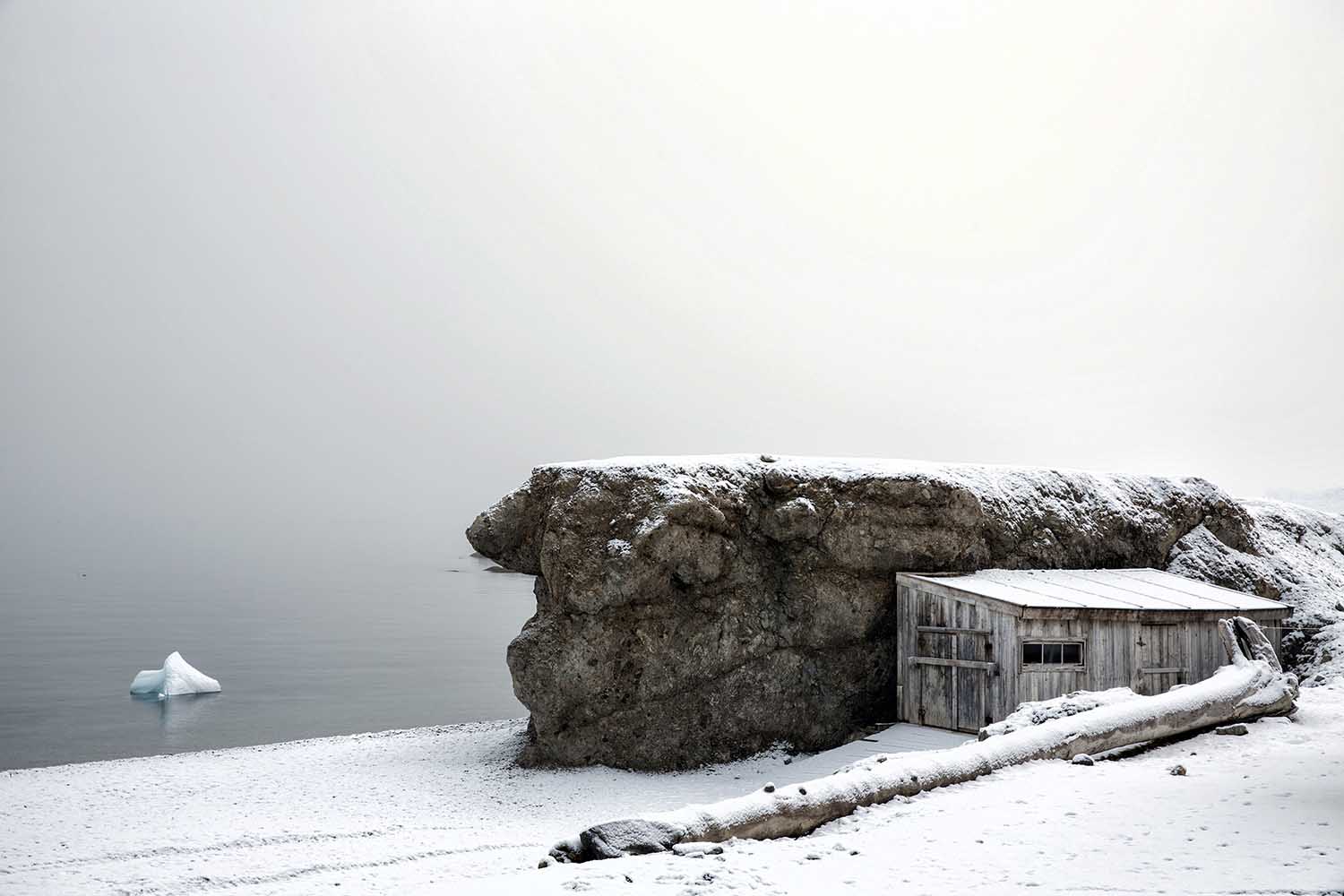
Why did you choose this area to research?
For me, the Arctic is one of the most fascinating places of the earth, but also one of the most endangered. The Arctic is constantly moving and shifting, melting, reforming, appearing and disappearing. The weather changes, erases, creates or simply hides the land. The Arctic region produces an abiding sense of dislocation in those who go there. Here rocks, land, ice and ocean gradually give way to a progressive whiteness.
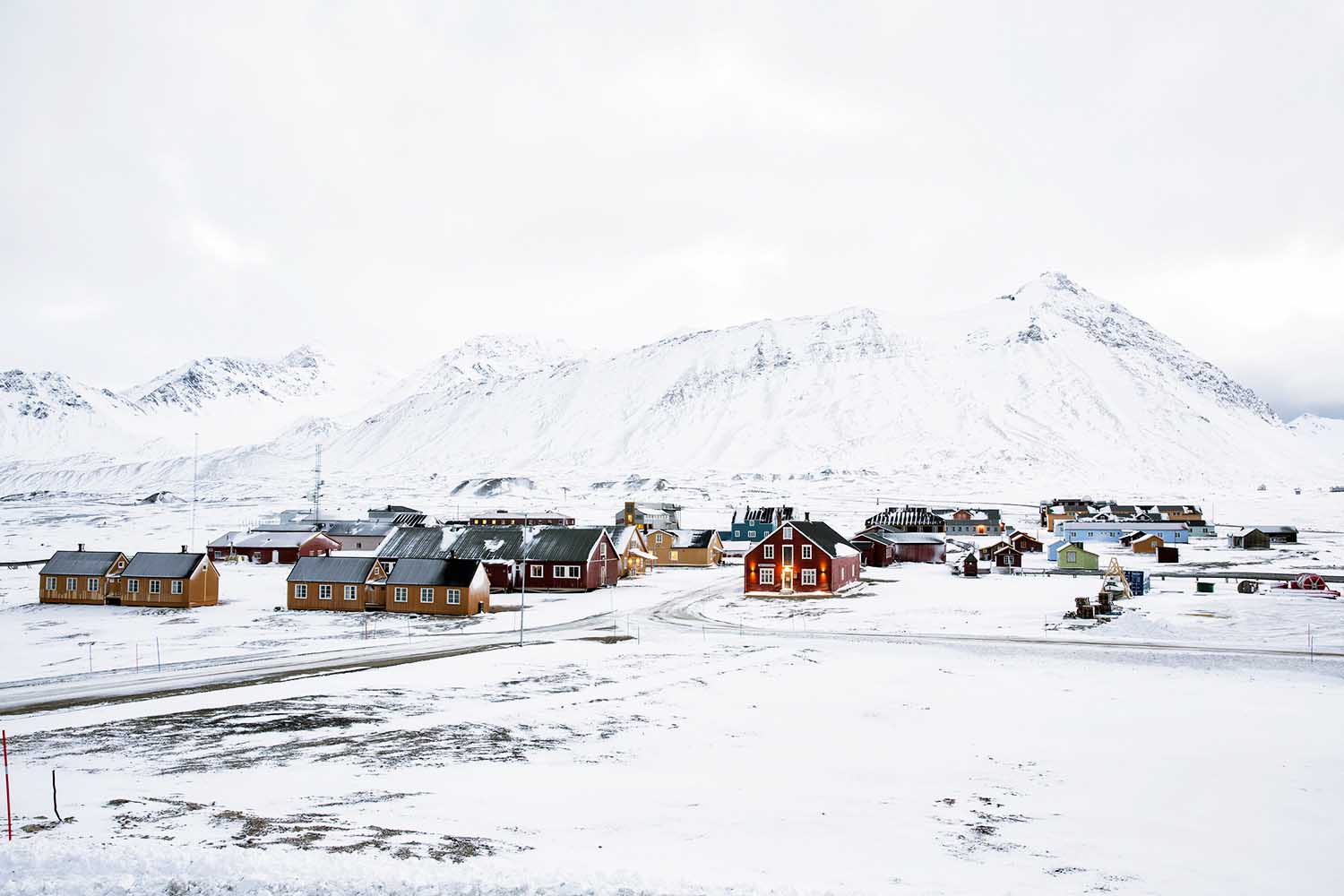
You often photograph quite deserted places, with extreme weather conditions, how challenging is this to work in?
I am a researcher and a photojournalist specialising in Polar environment and I am used to those conditions. For me, the Arctic is one of the most fascinating places of the earth, but also one of the most endangered. The Arctic is constantly moving and shifting, melting reforming, appearing and disappearing. The weather changes, erases, creates or simply hides the land. The Arctic region produces an abiding sense of dislocation in those who go there. Here rocks,land, ice and ocean gradually give way to a progressive whiteness. Temperature that I have experienced there varies from minus -10C to minus -48C.
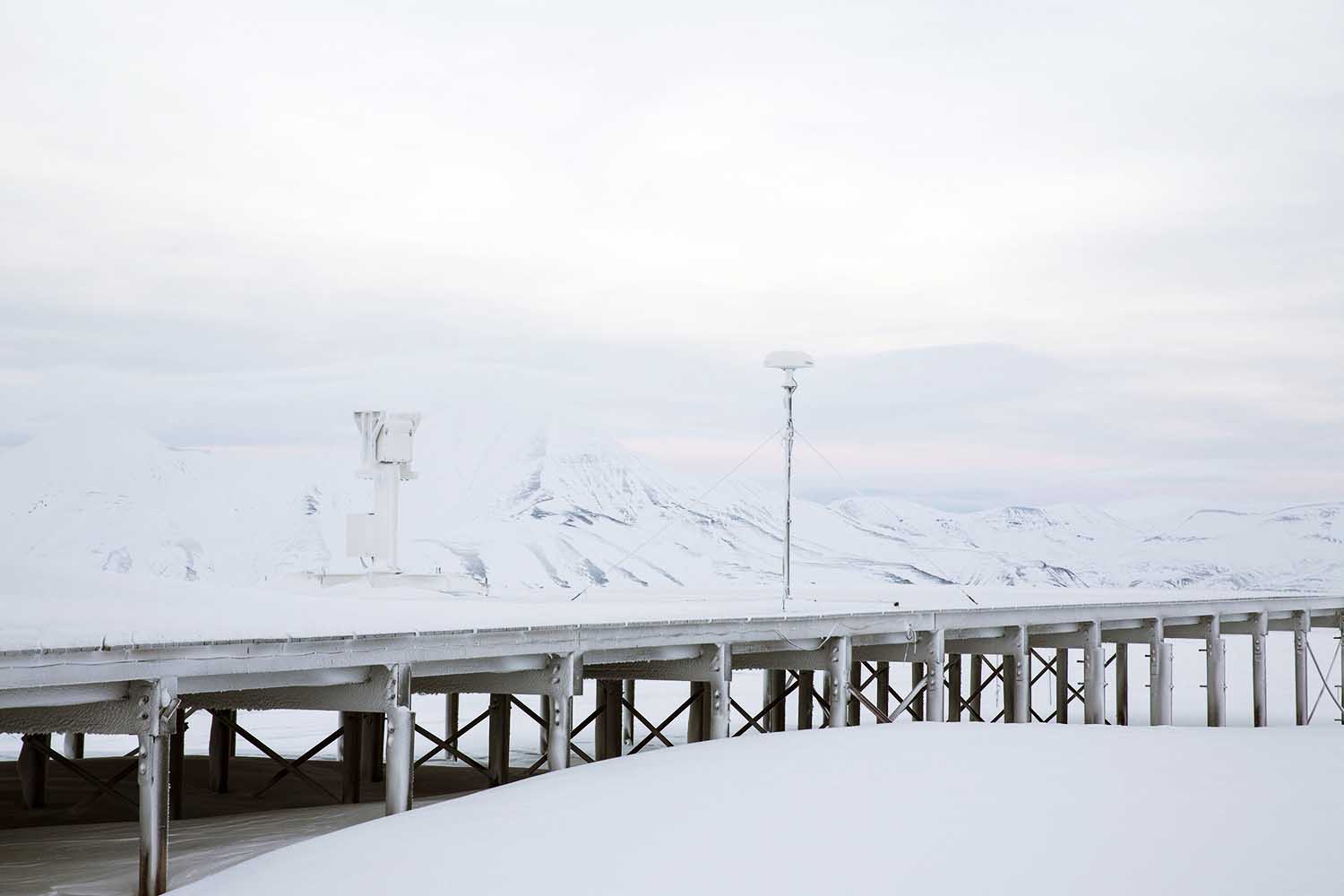

How important is it for your images to reflect the effects global warming is having on areas like Ny-Ålesund?
Ny-Ålesund is a place where the consequences of climate change can be seen clearly in the surrounding landscape. Over the years it has been visited by many significant figures: John McCain, Hilary Clinton, Ban Ki-moon among others and they can speak directly with the scientists from all over the world. Research stations such as Ny-Ålesund are an integral and crucial resource for policy makers and global enterprises and indeed for every inhabitant of this planet - as these changes in the Arctic climate affect the systemic ecological changes in the rest of the world.
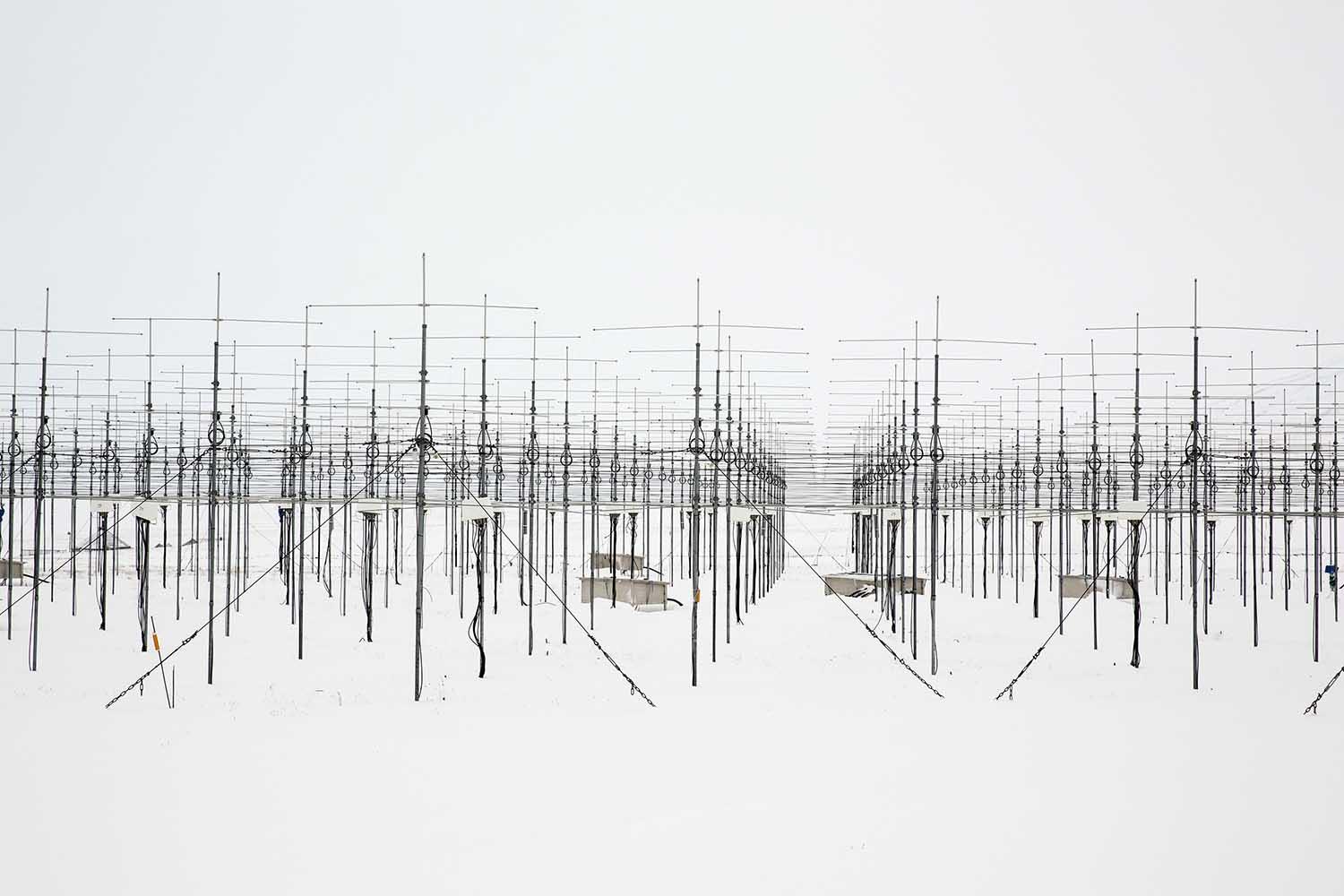
Where in the world are you and what’s next for you?
I am right now in the High Arctic working on a very exciting new project!
Anfilip.com
twitter.com/Anna_Filip
fence.photoville.com






